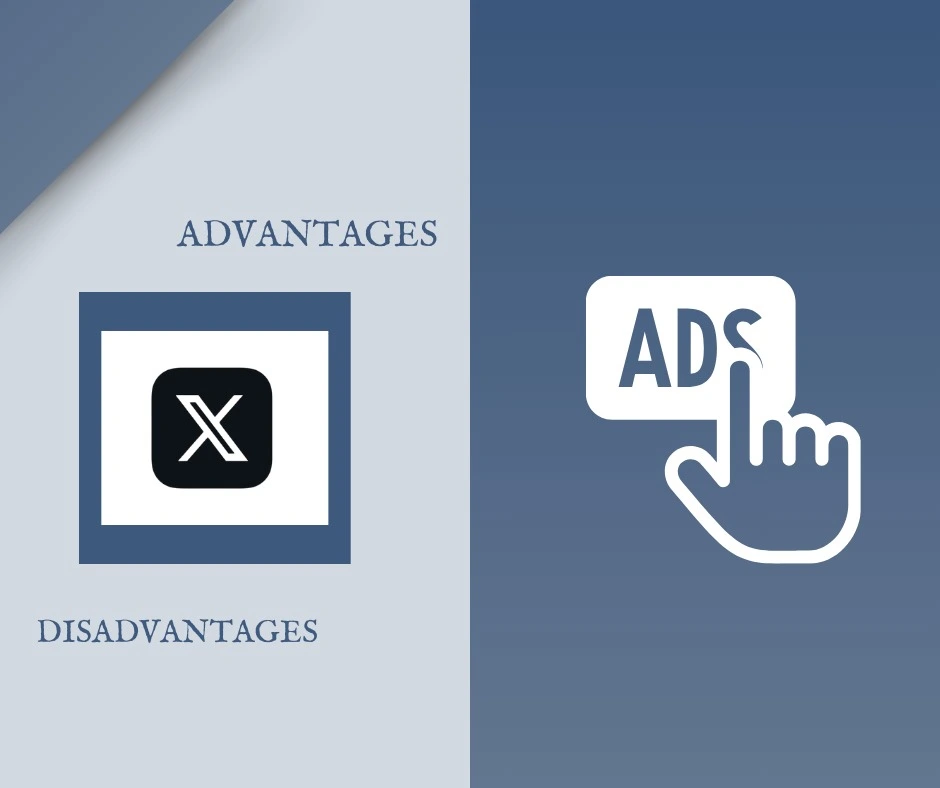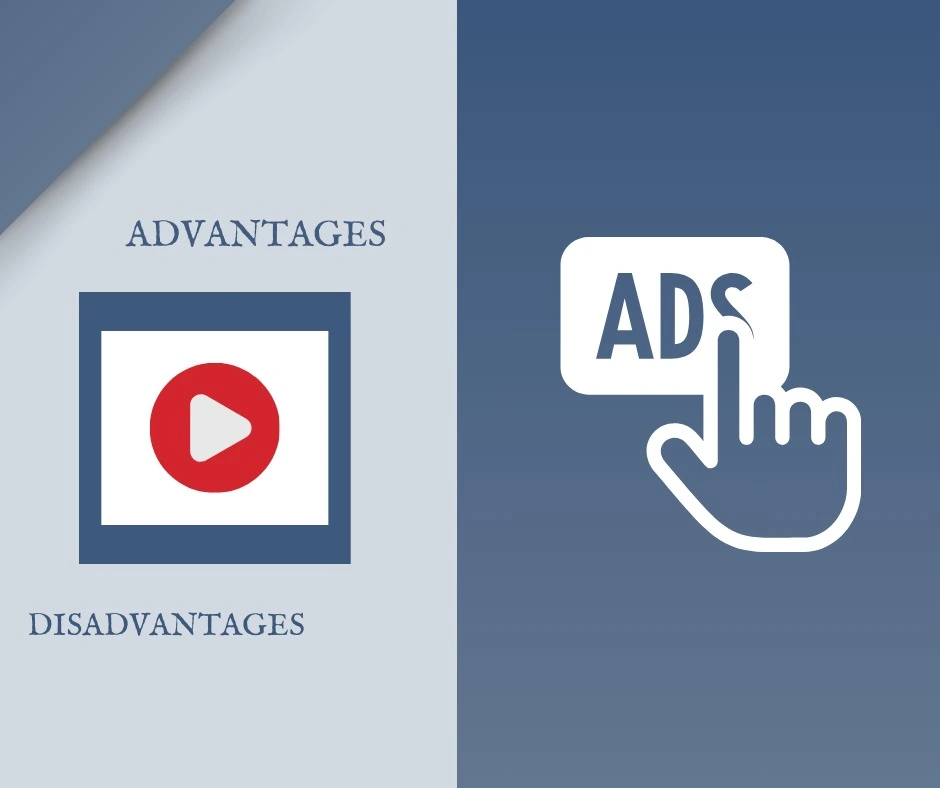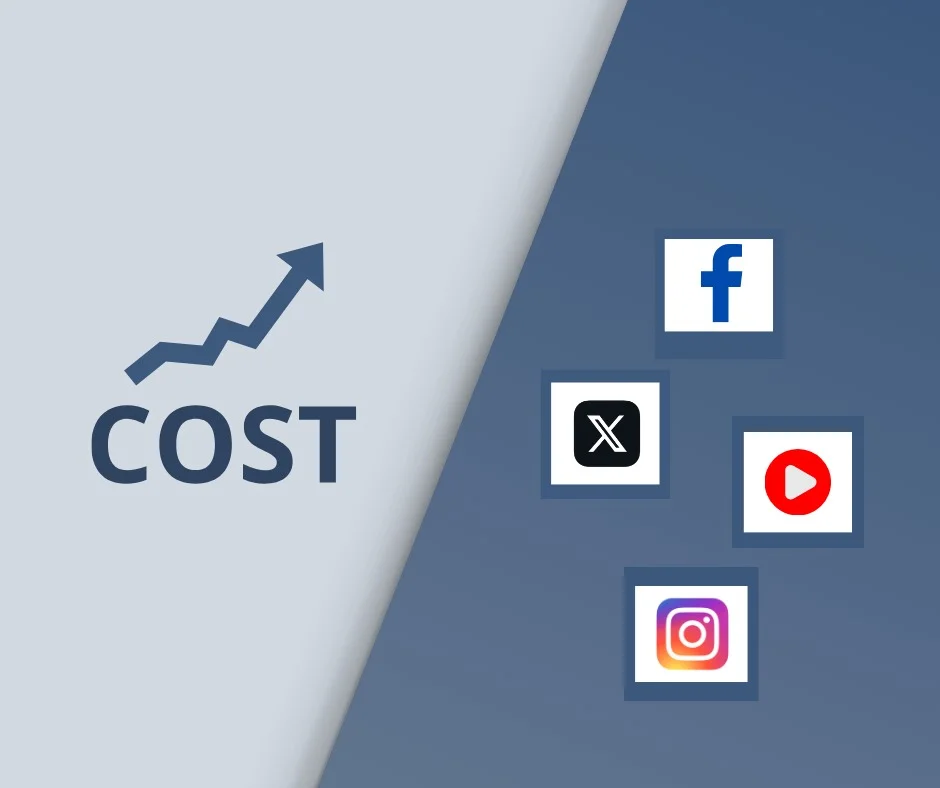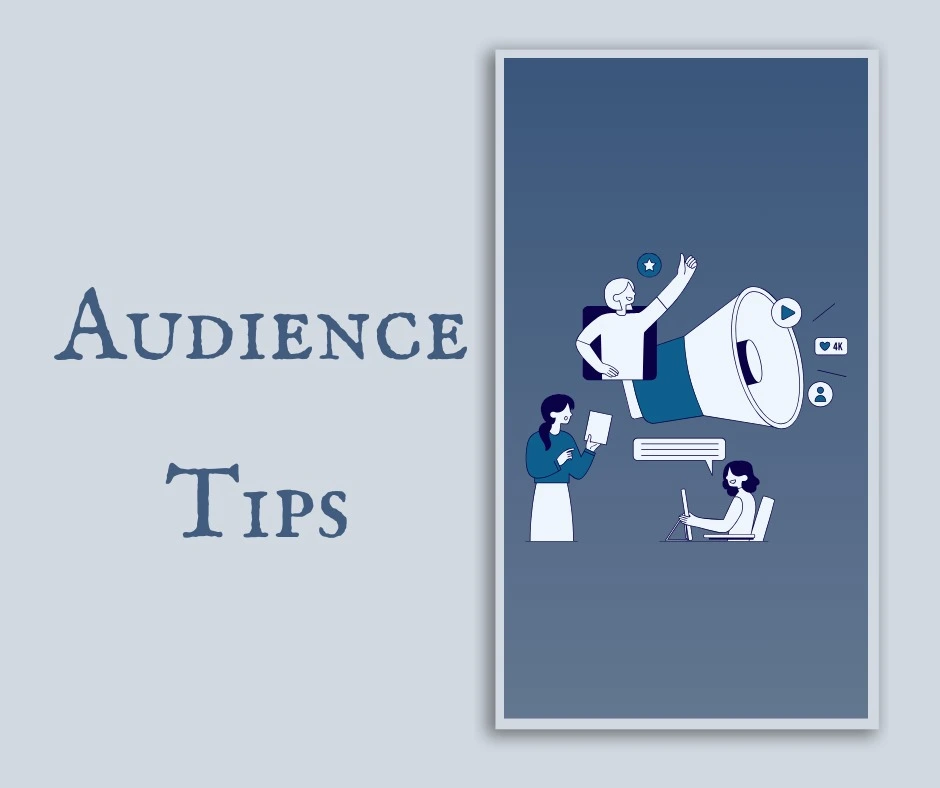Comparison of Social Media Advertising Platforms
In the realm of modern marketing, social media platforms have become indispensable for companies and individuals alike seeking to promote their products and services. Among these platforms, social media advertising platforms are increasingly competing to attract audiences. In this article, we will compare some of the well-known advertising platforms on social media.

1- Advantages:
Large and diverse user base.
Precise audience targeting capabilities.
Powerful analytics tools for measuring ad performance.
Provides access to a wide audience.
2- Disadvantages:
High competition among advertisers.
Continuous changes in the display algorithm.
Requires a large budget to achieve tangible results.

1- Advantages:
Attractive design and strong visual content.
Young and active user base.
Precise audience targeting capabilities.
Provides access to a wide audience.
2- Disadvantages:
Audience may be less responsive compared to other platforms.
Requires engaging and inspiring content to interact with the audience.

1- Advantages:
Quick and dynamic communication.
Ability to target audience based on keywords and hashtags.
Provides the opportunity for direct interaction with the audience.
2- Disadvantages:
Advertisements may have a short lifespan.
Audience may be smaller compared to other platforms.

YouTube
1- Advantages:
Massive user base and widespread popularity.
Ability to target audience based on interests and topics.
Provides the option for ads before or during video playback.
2- Disadvantages:
The advertisement may be annoying to some users.
Requires engaging and attention-grabbing content to attract the audience.

How to Choose the Right Platform for You
Firstly:
determine the main goal of using the platform. Do you want to communicate with friends and family? Or are you interested in sharing photos and videos? Or are you looking for a platform for professional networking?
Secondly:
review the features of the platform and your personal needs. Do you require special features such as voice or video chat, or the ability to share files? Make sure the platform provides these features and meets your needs.
Thirdly:
read user reviews and feedback about the platform. This will help you get an idea of other users' experiences and whether they are satisfied with it or not.

Target Audience for Each Platform
1- Facebook:
Facebook boasts a wide and diverse user base, including individuals of all ages, genders, nationalities, and interests. This makes it a good choice for companies looking to reach a broad audience.
2- Instagram:
Instagram is known as a platform for photos, making it a good choice for companies looking to focus on visual content. The Instagram audience is younger than the Facebook audience and tends to be more fashion, beauty, and lifestyle-conscious.
3-Twitter:
Twitter is known as a platform for news and current events, making it a good choice for companies looking to engage with the audience in real-time. The Twitter audience is also younger than Facebook's audience and tends to be more educated and interested in political and social issues.
4- LinkedIn:
LinkedIn is known as a platform for professionals, making it a good choice for companies looking to reach a professional audience. The LinkedIn audience is older than Facebook's audience and tends to be more business and commercially oriented.
5- Snapchat:
Snapchat is known as a platform for visual content, making it a good choice for companies looking to reach a young audience. The Snapchat audience is younger than Facebook's audience and tends to be more interested in entertainment and light-hearted content.
6- TikTok:
TikTok is known as a video platform, making it a good choice for companies looking to reach a young audience. The TikTok audience is younger than Facebook's audience and tends to be more interested in popular culture and trends.

Costs
1- Facebook:
The cost of advertising on Facebook depends on the number of people you reach, the type of ad you use, and your marketing objectives.
2- Instagram:
The cost of advertising on Instagram depends on the number of people you reach, the type of ad you use, and your marketing objectives.
3- Twitter:
The cost of advertising on Twitter depends on the number of people you reach, the type of ad you use, and your marketing objectives.
4- LinkedIn:
The cost of advertising on LinkedIn depends on the number of people you reach, the type of ad you use, and your marketing objectives.
5- Snapchat:
The cost of advertising on Snapchat depends on the number of people you reach and the duration of the ad display.
6- TikTok:
The cost of advertising on TikTok depends on the number of people you reach and the duration of the ad display.

Tips for Creating Successful Social Media Advertisements
-1Know your target audience:
What are their interests? What are their needs? What are their goals? Once you know your target audience, you can create content that suits them.
-2Use clear and direct language:
Your advertisement should be easy to understand and easy to read.
-3Use attractive images or videos:
Images and videos are a great way to grab the attention of users and keep them interested.
4- Call to Action:
Tell users what you want them to do after seeing your advertisement. Do you want them to visit your website? Do you want them to subscribe to your newsletter? Do you want them to purchase your product or service?



